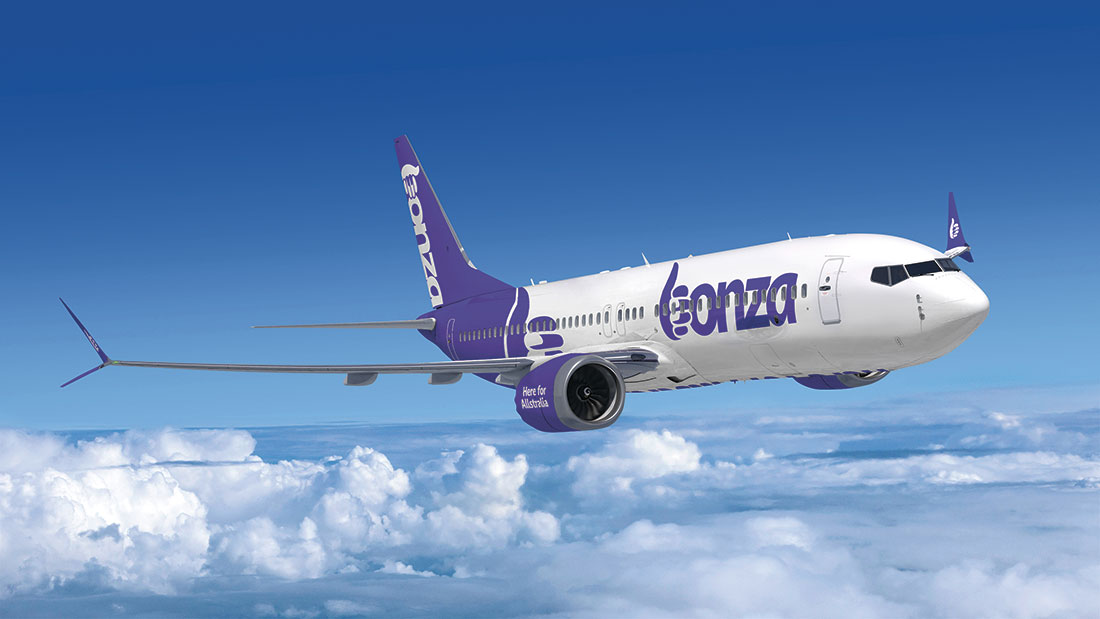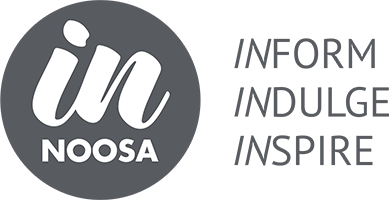
Cranes, Trains and Planes
Jennifer Swaine looks at the key indicators that the future of the region is looking up, in more ways than one!
For those of us who live in Noosa and on the Sunshine Coast, it is a commonly shared belief that we live in a pretty special place. As we have grown and matured over the past ten years or so, we have also drawn the attention of the rest of Australia, many of whom have decided that the grass must be greener north of the border.
In recent years our population has grown, development has forged ahead and investment into the region has increased significantly.
There are several key indicators that the region is on the up:
Moving to the Region
The latest Regional Movers Index, which analyses movement between Australia’s regions and capital cities, confirms that in recent decades, more people have been moving out of our capital cities than into them. In fact, over the last two years during the pandemic, people left the capital cities at a rate that was 15 per cent higher on average than the previous two years.
And while the Gold Coast was the leading Australian Local Government Area (LGA) to attract regional migration away from the capitals with 11 per cent of departing city dwellers in 2021; the Sunshine Coast came in second place at five per cent with Noosa further down the list at one per cent.
But it is the Annual Growth figures that warrant a closer look. As we closed out 2021, migration to the Sunshine Coast was up seven per cent on 2020, the Gold Coast was up four per cent and Noosa had experienced annual growth of 22 per cent!
With a finite amount of housing in Noosa, this may explain why securing property in the area is somewhat of a challenge.
Cranes in the sky
A sure sign a region is growing is the number of cranes that can be seen towering across the skyline. The crane count is a good indicator of investment and confidence in a region and is largely considered a visual barometer of the growth that is to follow.
The most recent Rider Levett Bucknall Crane Index (Quarter Three, 2021) revealed there were 13 cranes in operation across the region, with two of them in Noosa.
Eleven of those cranes were working on residential developments with a civic sector crane at the City Hall project in Maroochydore and a hotel crane working on the Holiday Inn also at Maroochydore.
For the foreseeable future, we can expect to see more cranes dotted across our skies as new developments across all industry sectors get underway, providing jobs and economic benefits to the region.
Bonza news for the Sunshine Coast
The Sunshine Coast has earned a reputation for being the “entrepreneurial capital of Australia”, so it was little surprise that start-up, budget airline Bonza decided to base its operations here.
Deliberately not competing with the major carriers, Bonza has strategically gone after routes that are either not serviced at all or are not serviced by a low-cost carrier, which just may prove to be a strategy that wins the hearts and minds of everyday Aussies.
Bonza will operate 37 flights per week across 12 routes from the Sunshine Coast, nine of which have never been serviced from here previously.
Destinations soon to be available at low-cost fares include Albury, Avalon, Cairns, Coffs Harbour, Mackay, Melbourne, Mildura, Newcastle, Port Macquarie, Rockhampton, Townsville and the Whitsundays Coast.
Opportunities and growth attract talent
As the region continues to grow and prosper, we will see continued migration to the area, and it won’t simply be because of the lifestyle and weather.
As we attract larger businesses and investments, we will need a highly skilled workforce to support these organisations.
Attracting experienced and senior talent into leadership roles will help develop the people we already have here and enhance our expertise and skills across a range of industries and businesses.
An accessible Region
Community feedback is now being sought on the state government’s Southern Sunshine Coast Public Transport Strategy and nothing is off the table as the state government looks at “key corridors” that will connect the many communities peppered across the region.
Importantly, the much needed heavy rail between the Sunshine Coast and Brisbane remains a component of the strategy, as is the consideration for light rail and an expanded bus network
When unveiling the strategy, Transport and Main Roads Minister Mark Bailey said it contained the vision for future public transport options in the region.
“The Sunshine Coast is Queensland’s third biggest city and as the region’s population continues to grow, so too does the need for an efficient and well connected public transport network,” Mr Bailey said.
“What we now have is a blueprint for short, medium and long-term transport developments in the region – whether that be bus corridors, heavy rail or multi-modal connections.
“Public transport will be developed around key corridors and connections to complement the southern Sunshine Coast’s character as well as keep people moving to and through the area.”
This all sounds promising, but we need workable public transport solutions sooner rather than later for this region to truly prosper. The people of the region deserve far better than what currently exists and the lack of reliable public transport options is hurting everyone who lives and works here.
It is an exciting time to be living and working on the Sunshine Coast.
From Noosa to Caloundra, there is opportunity everywhere you look. And while there will always be things we can and should do better, for the moment, all the signs indicate we are entering a very exciting period of growth that will provide long term benefits for the region.



